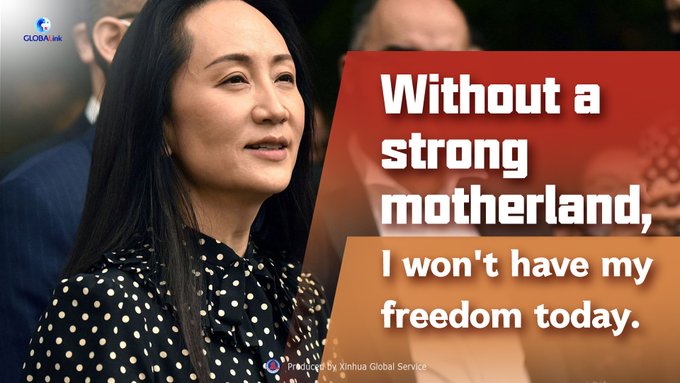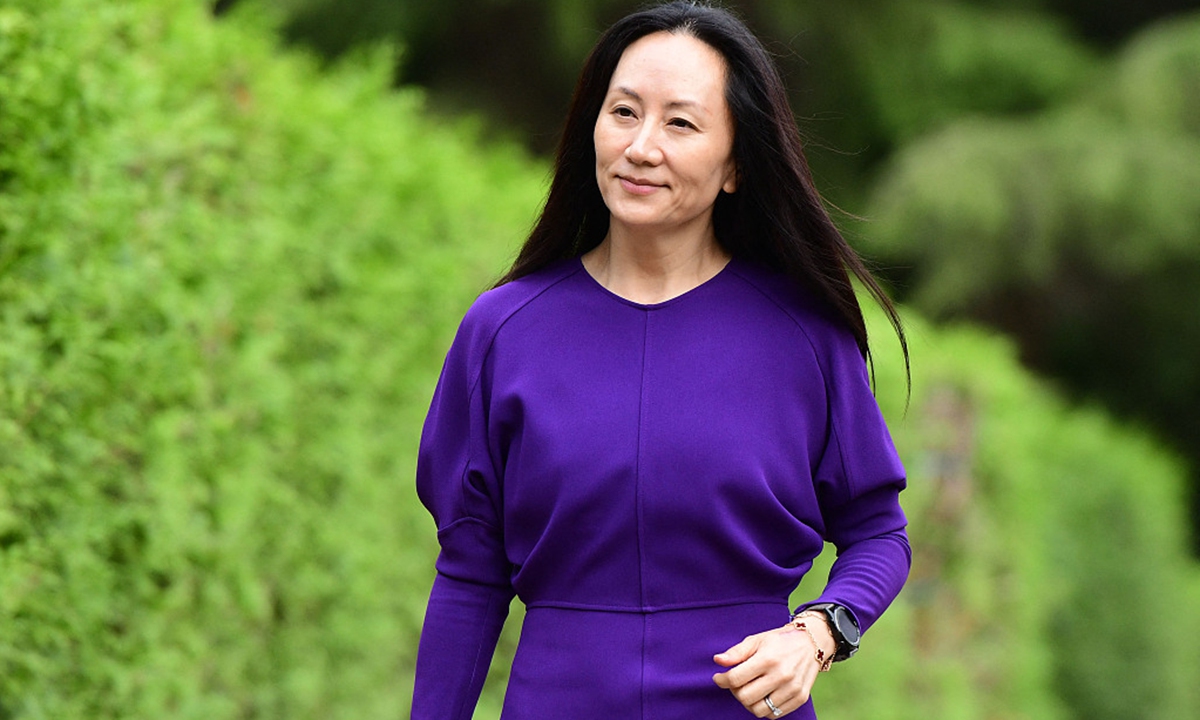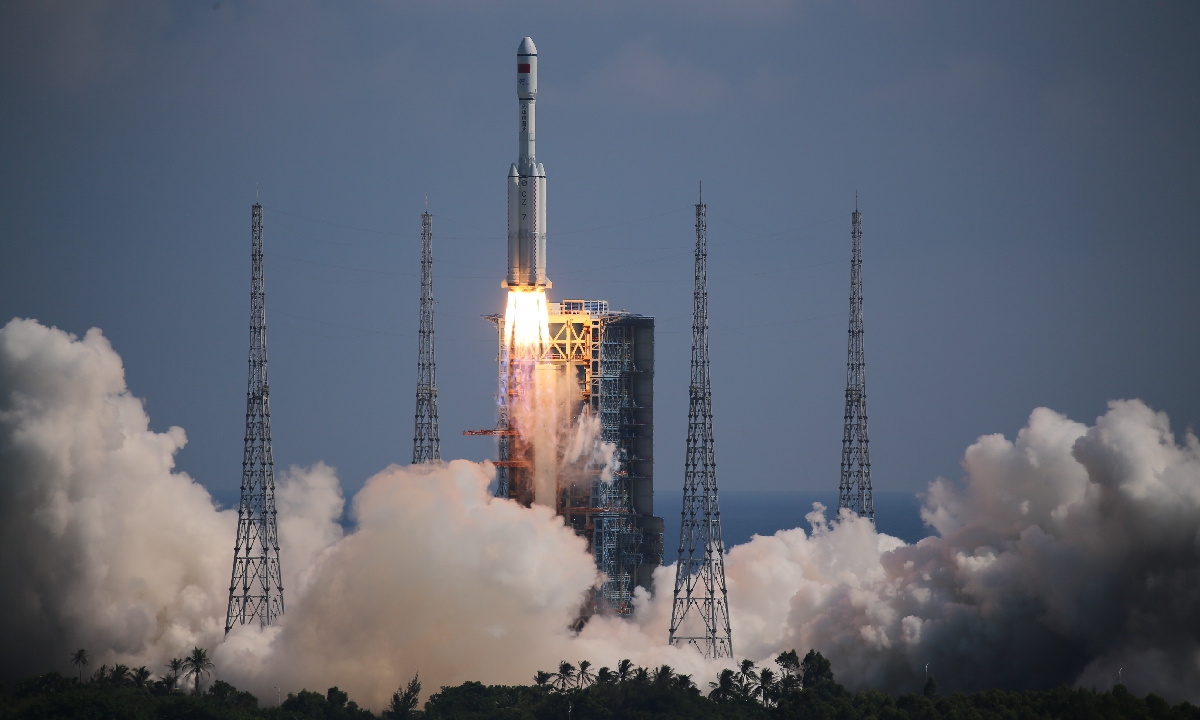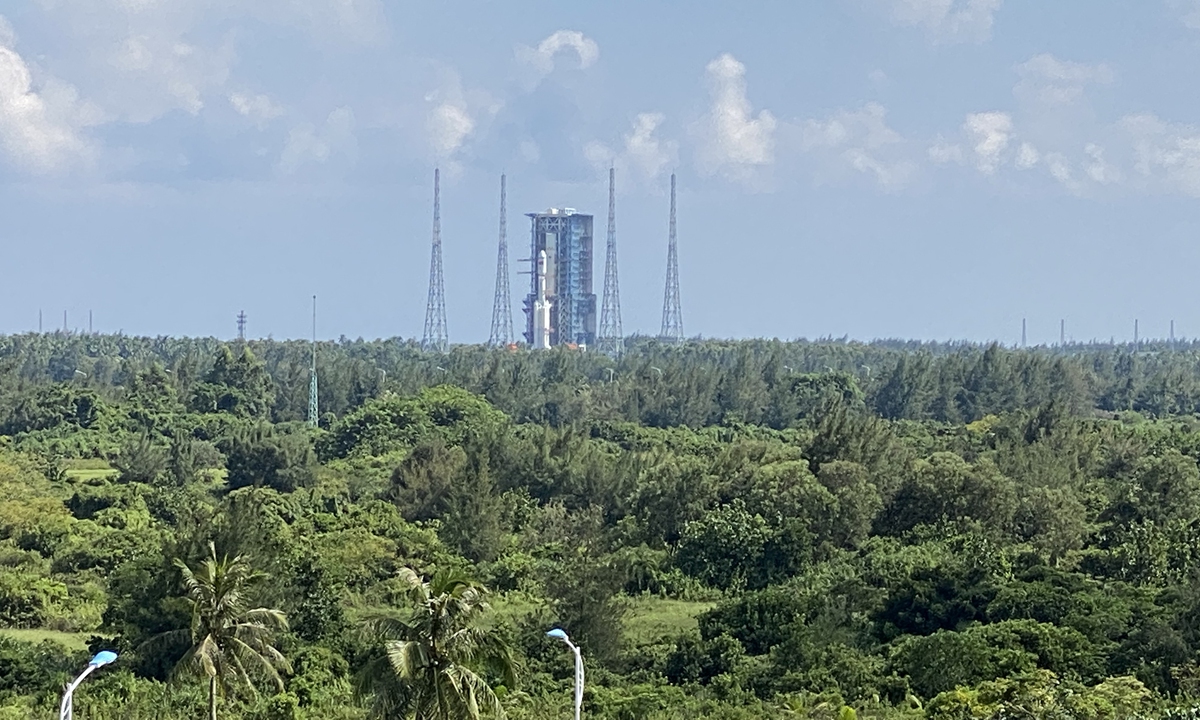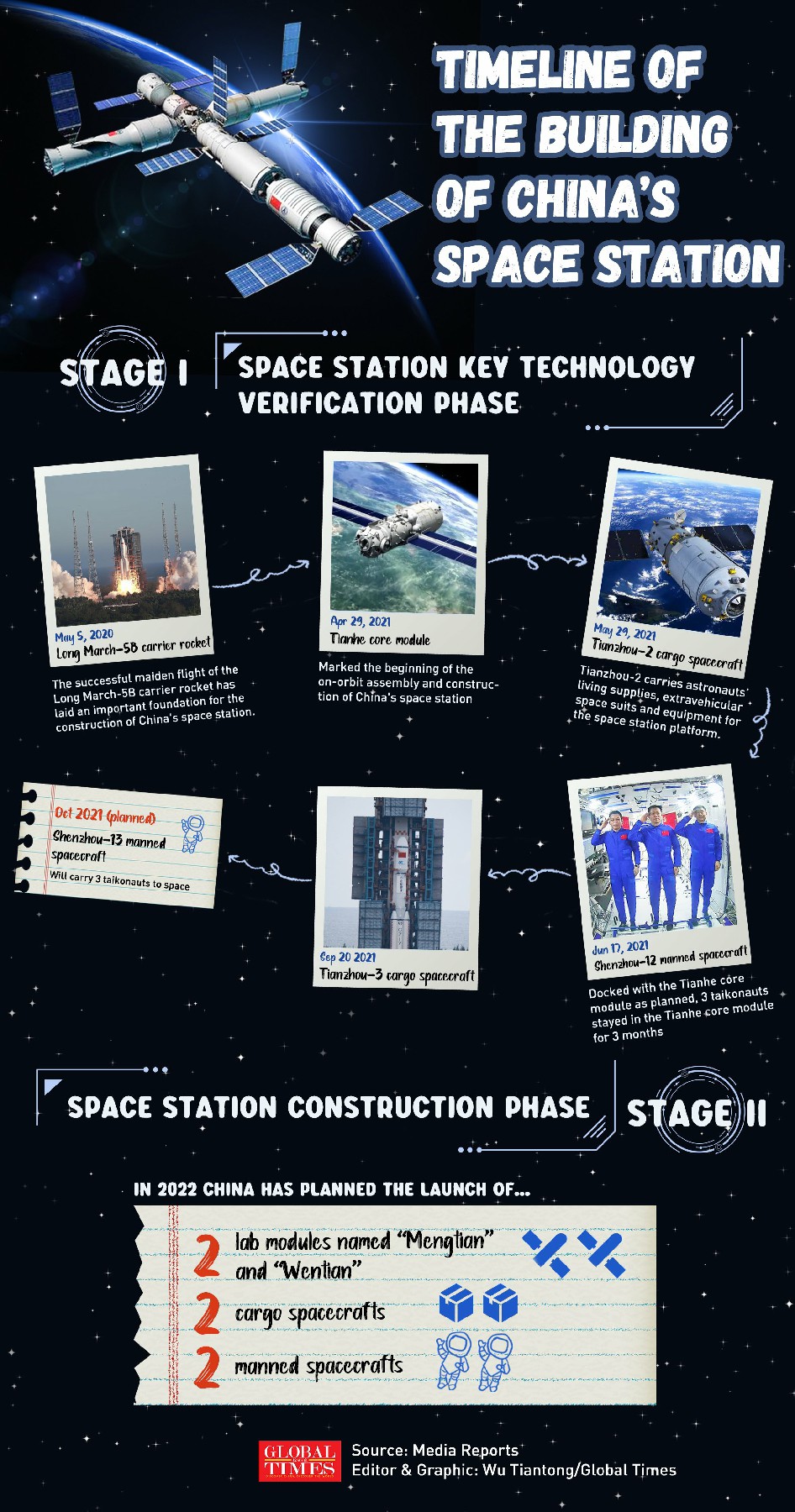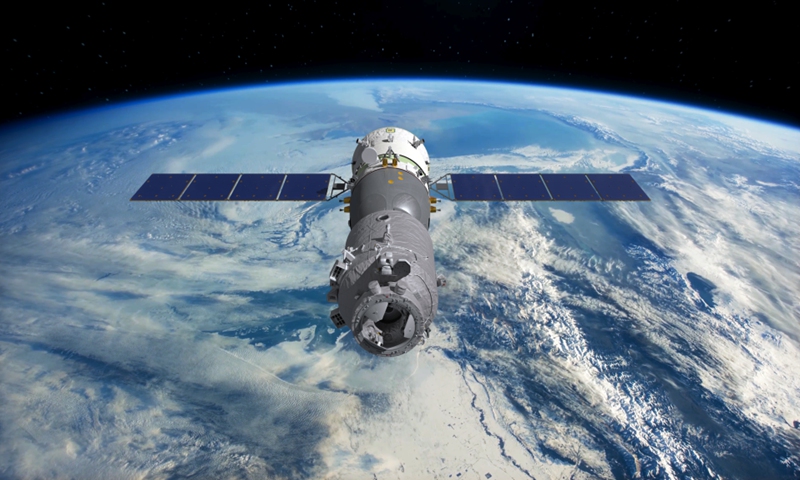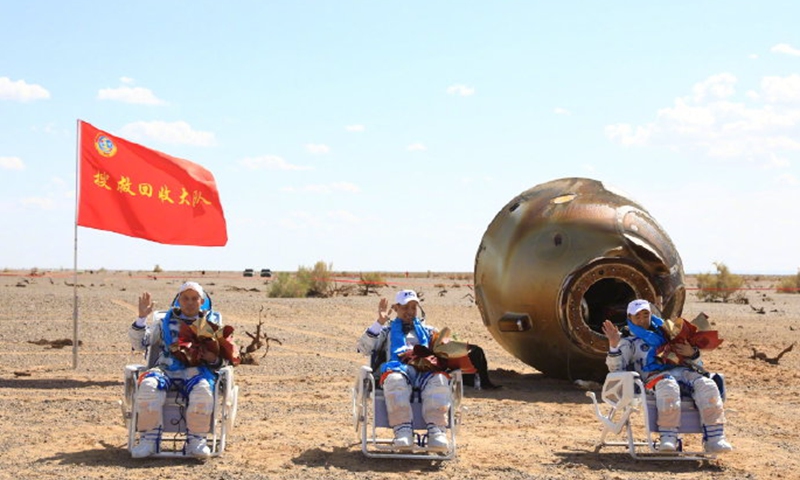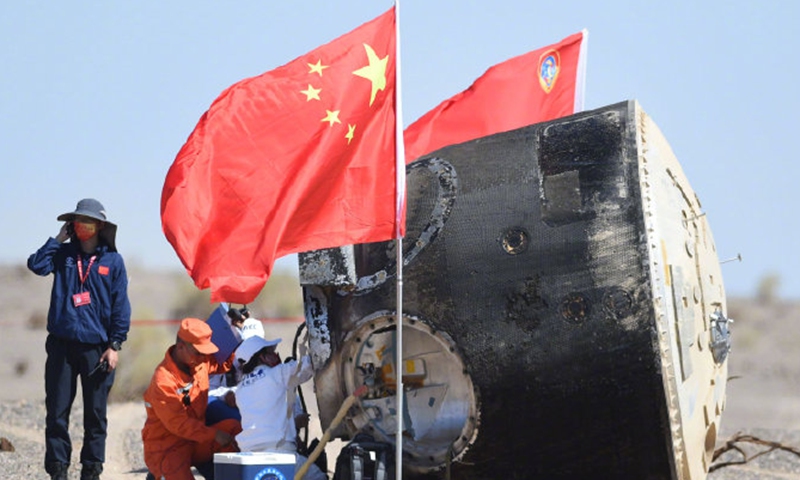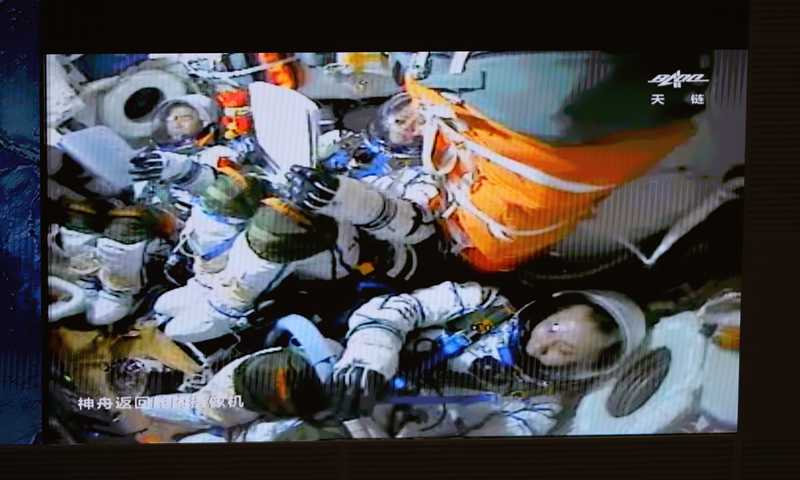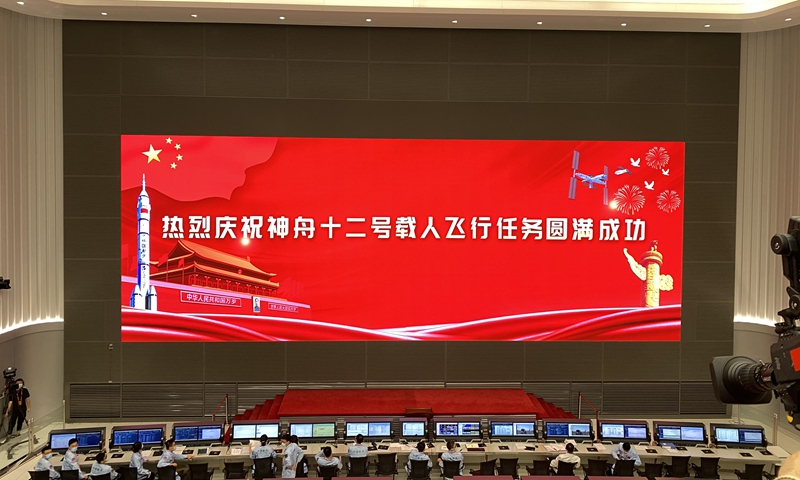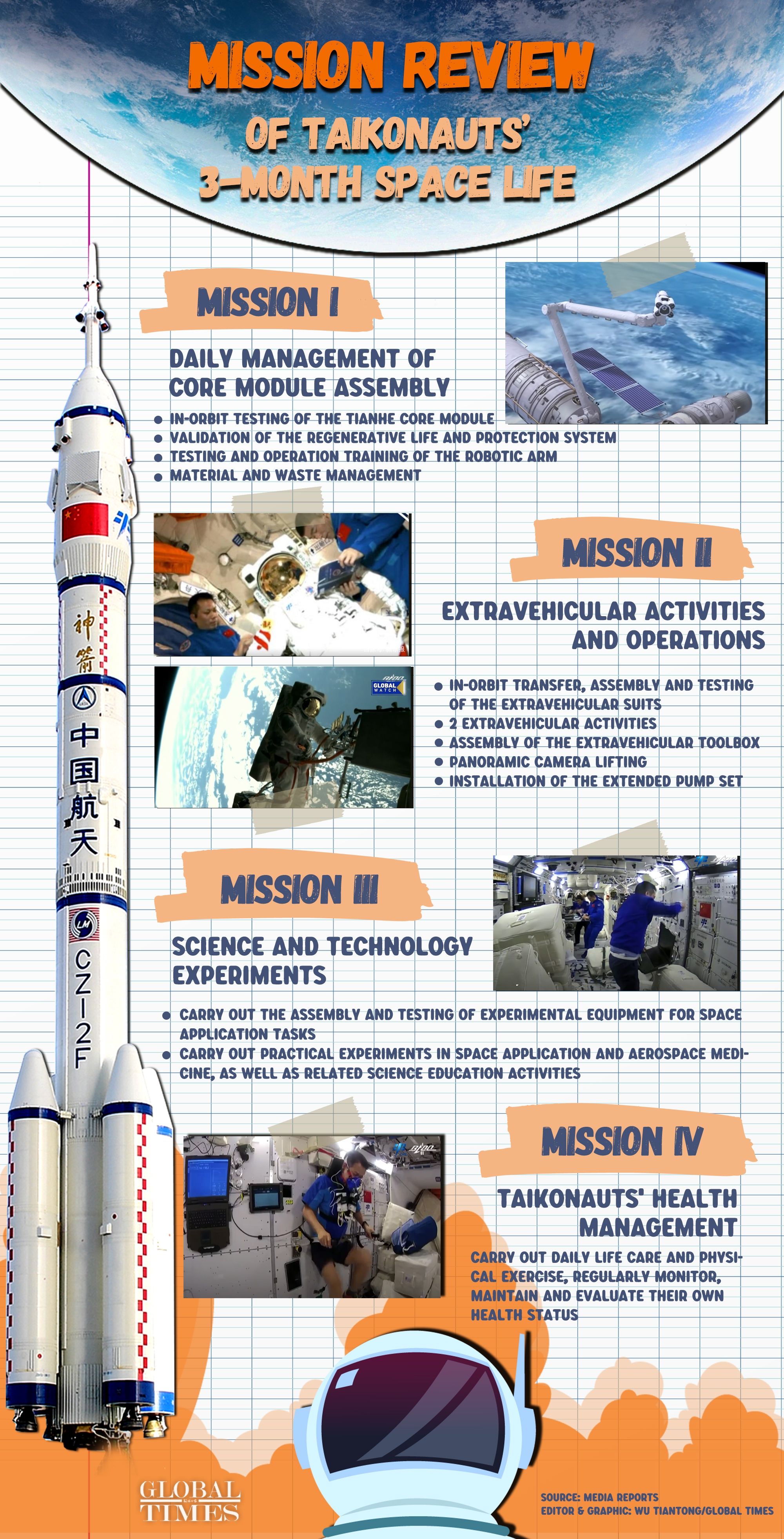China Is Greeting Meng Wanzhou As A National Hero. How About Two Michaels?
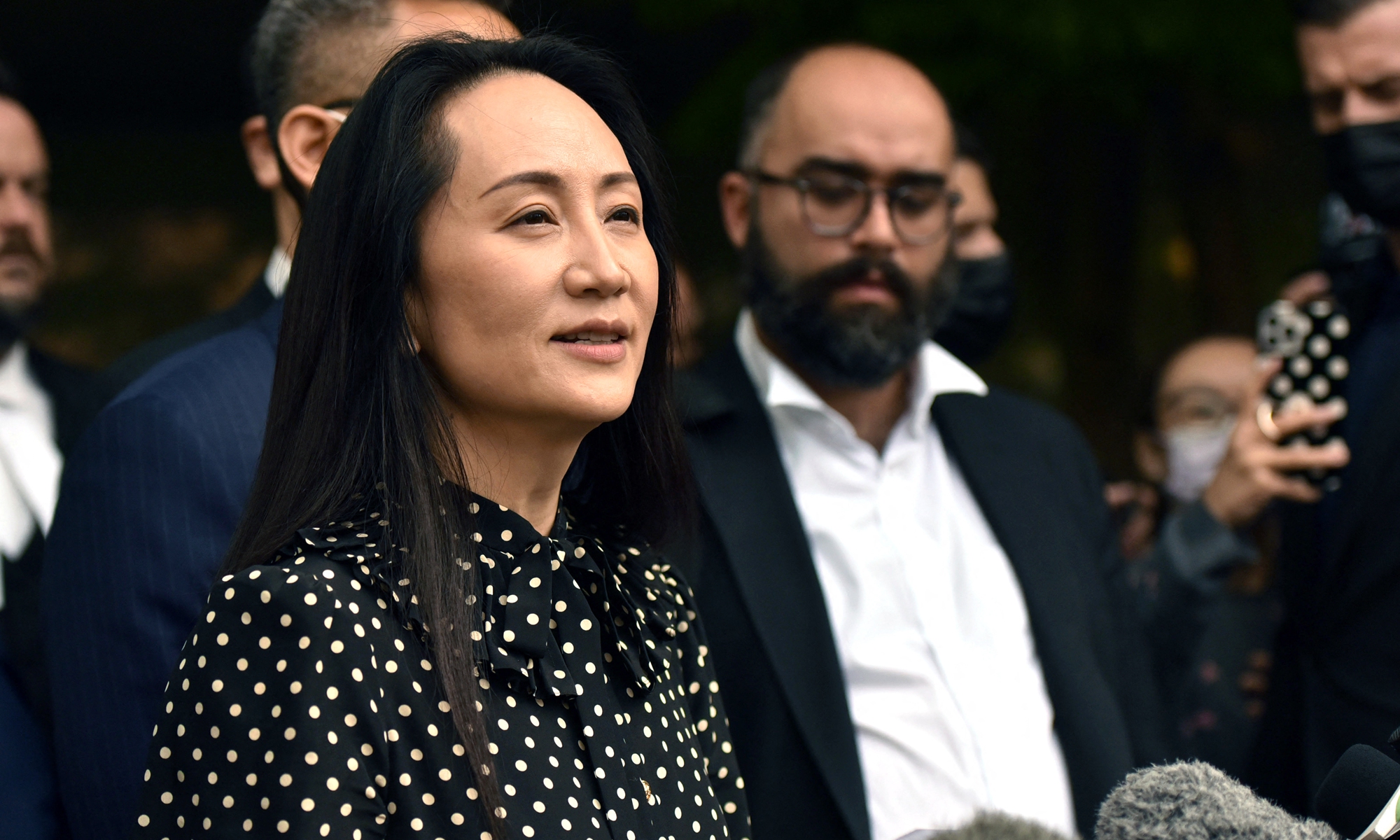
Meng Wanzhou Photo:AFP
Huawei's Meng Wanzhou reached a landmark deal with the US Justice Department on Friday that allows her to return to China, under which the senior executive of the Chinese company has not pleaded guilty. It marks the end of Meng's nearly three-year detention in Canada, and may help ease the frozen China-Canada tie and frictions between China and the US, experts said.
Thanks to sustained efforts by the Chinese government, Meng Wanzhou left Canada on a chartered plane by the Chinese government on Friday local time. She will return to the motherland and reunite with her family, according to a report from the Xinhua News Agency.
Chinese Foreign Ministry spokesperson Zhao Lijian said he welcomes the return of Meng in a post on his personal Weibo account.
In a video footage seen by the Global Times, a GPS tracker ankle bracelet that Meng had worn for over two years has been removed, and she addressed the public after the hearing, expressing gratitude for the Canadian judge and court upholding the rule of law. She also thanked the Chinese embassy in Canada, her defense team and her colleagues. Although it has been a very difficult time, there's always hope, Meng said.
Meng appeared virtually in an American federal courtroom in Brooklyn on Friday, and reached a deferred prosecution agreement (DPA) in a case of federal charges against her for bank and wire fraud. Under the terms of this agreement, Meng will not be prosecuted further in the US and the extradition proceedings in Canada will be terminated, according to a statement of William Taylor, one of the lawyers who represent Meng.
"She has not pleaded guilty and we fully expect the indictment will be dismissed with prejudice after fourteen months. Now, she will be free to return home to be with her family," he said.
It's exciting news that the US and Meng have finally reached an agreement, which would also be a landmark deal that may help ease frictions in the China-US relations, Chinese experts said.
At the request of the US government, the Canadian government, based on so-called accusations of fraud levelled by the US, on December 1, 2018 illegally detained Meng, who is also the daughter of Ren Zhengfei, founder of Huawei.
Meng and her defense team made the final push against extradition to the US, and the legal proceedings ended in mid-August without a decision. The judge was supposed to convene a case management conference on October 21. During the conference, she would indicate a date when the decisions will be given, according to a court note the Global Times obtained at the time.
The earlier-than-expected deal with the US made all the following process "unnecessary." On the same day, the Canadian court also signed off on a discharge order for Meng, withdrawing the US extradition order and allowing her to return to China.
Lü Xiang, a research fellow at the Chinese Academy of Social Sciences, told the Global Times early Saturday that there are multiple factors driving the US to resolve this issue, including the consistent attitude of the Chinese government in urging the US and Canada to release Meng, and the mounting pressure that Canada has been facing as it clearly knows that if it insists on the extradition of Meng to the US, it would create irretrievable negative consequences on China-Canada relations.
Over the past years, Chinese diplomats and experts have urged the Trudeau administration many times to correct its mistake of serving as Washington's willing accomplice that has dragged China-Canada relations to freezing point.
The souring bilateral relationship has also disrupted the once stable trade relations between the two countries, and some Chinese businesspeople have been looking for a "plan B" over the past two years to diversify their import sources other than Canada.
"Canada has been persuading the US to drop the case. For the Biden administration, it has been evaluating US-China relations from the position of strength over the past eight months, and it understands that if it drops the charges against Meng, such progress would meet the expectation for improving bilateral ties," Lü said.
On the same day Meng flew back home, Canadian media outlets reported that two Canadians - Michael Kovrig and Michael Spavor - left China on a plane back to Canada. Spavor was sentenced in August in China to 11 years in prison after being convicted of spying on China's national secrets. He was ordered to be deported from China.
Although some Western media outlets and politicians claimed the releasing of the two Canadians was an example of "hostage diplomacy," experts said Meng was indeed a "political hostage" taken by the US and Canada, noting that mounting evidence throughout the legal proceedings during Meng's fight against extradition showed she was the victim of political prosecution.
"In Spavor's case, imposing the order of deportation means he may not serve his jailtime in China but will be deported back to Canada. It leaves certain room for indictment while unleashing a gesture of goodwill," Qin Qianhong, a constitutional law professor at Wuhan University, told the Global Times.
Kovrig and Spavor were prosecuted by the Prosecutor General's Office in China for suspected crimes undermining China's national security in June 2020.
Kovrig was accused of using an ordinary passport and business visa to enter China to steal sensitive information and intelligence through contacts in China since 2017, while Spavor was accused of being a key source of intelligence for Kovrig.
Spavor was found to have taken photos and videos of Chinese military equipment on multiple occasions and illegally provided some of those photos to people outside China, which have been identified as second-tier state secrets, a source close to the matter told the Global Times on September 1.
Chinese officials and diplomats reiterated that the incident of Meng is entirely different from the cases of the two Canadians in nature.
Another factor behind the resolution of the matter is that Canada and the US can't ignore the strong public call to release Meng, experts said. Her release has been widely considered as the best scenario among China, Canada and the US, as the incident of Meng has become a dilemma that froze China-Canada relations and dragged China-US ties into a spiraling downturn over the past few years.
Nearly 15 million netizens from over 100 countries and regions including major allies of the US, such as the UK, Australia and Canada, signed a petition launched by the Global Times on August 18, and an open letter was sent to Canadian Ambassador to China Dominic Barton, demanding Meng's immediate and unconditional release, and protesting the ugly acts of the Canadian government.
On her flight back home, Meng said in a public note that she deeply appreciated the motherland and the leadership of the Communist Party of China, as without them, she would not have been freed. "The color red, symbolizing China, lightens the brightness in my heart," she said.
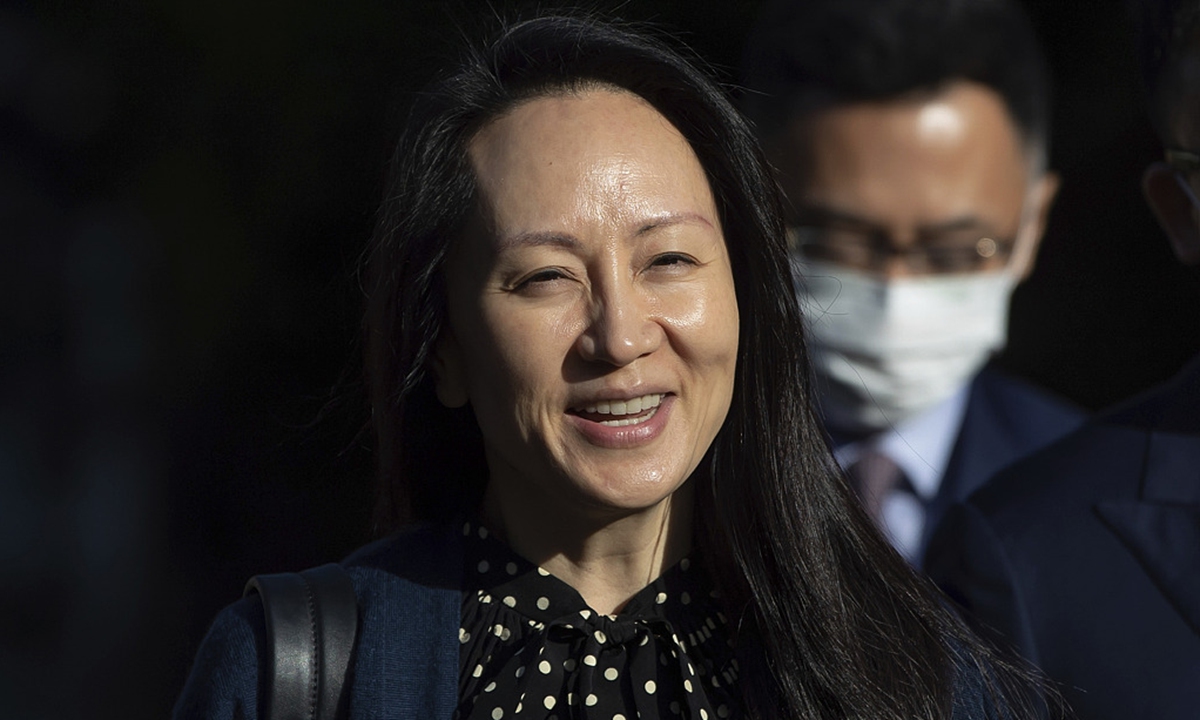 China's national power ensures Meng's different outcome from Alstom executive: Global Times editorial
China's national power ensures Meng's different outcome from Alstom executive: Global Times editorial
It is China's national power that shaped this final result. A country will be surrounded with more troubles as it gets stronger, but only a strong country can enable us to deal with those troubles with dignity. Whenever we encounter a challenge, we neither have to risk it all in the fight, nor do we need to compromise our dignity.




